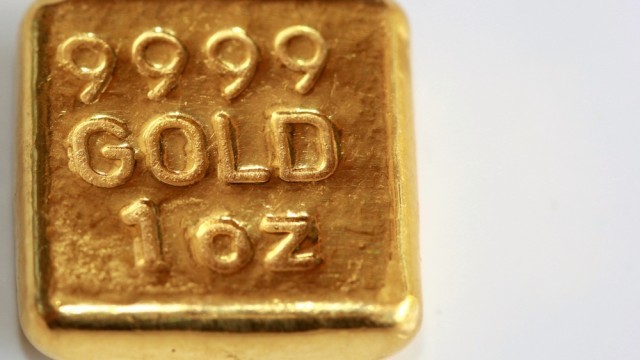Using ETFs to hedge inflation
Post on: 15 Июль, 2015 No Comment

JohnSpence
BOSTON (MarketWatch) — A nearly $800 billion economic stimulus plan and the Federal Reserve’s ballooning balance sheet are among the reasons for growing concern that the government’s efforts to jumpstart lending will spark high inflation.
To be sure, inflation has been pushed to the side with investors worrying about the opposite situation — deflation — infecting the economy.
However, with the government seemingly ready to print money to combat the financial crisis, some see inflation as inevitable once economic conditions finally improve. Flooding the system with money diminishes the future purchasing power of U.S. dollars. See related video on inflation.
Investors who are apprehensive about the government’s bailout spending can choose from an assortment of exchange-traded funds and notes designed to hedge inflation. Just be aware of the tax treatment of these vehicles if they’re held in taxable accounts. Here are some of your better options:
Gold has been the preferred inflation hedge down through the ages. Investors have long prized the disaster insurance the precious metal provides during market panics and inflation surges when governments debase their currencies in response to crises.
Gold futures were trading well above $900 an ounce last week as investors were disappointed by the lack of details in the Treasury Department’s latest plan to rescue the financial system.
Investors have been piling into the largest gold ETF, SPDR Gold Shares GLD, -0.03% The amount of gold held by the ETF continues to set new records — it is now backed by about 1,000 metric tons of the precious metal. SPDR Gold Shares has an expense ratio of 0.4%, although investors pay broker commissions to buy and sell ETFs.
SPDR Gold Shares is one of the largest ETFs, with about $30 billion in assets. Although it is the biggest precious-metals ETF, several other exchange-traded products are tied to gold, silver and platinum, for example. Some provide leverage. Others such as Van Eck Market Vectors Gold Miners ETF GDX, -0.71% track miner shares. Investors need to be aware that gains on some futures-based commodity ETFs and ETNs can be taxed at a higher rate than those on funds indexed to stocks.
Treasury Inflation Protected Securities, or TIPS, are Treasury bonds that provide another inflation hedge.
TIPS pay a fixed coupon plus a rate that rises with inflation and falls during deflation. The portion that adjusts for inflation gives investors protection against erosion in the purchasing power of the greenback. TIPS are indexed to the Consumer Price Index, or CPI, which is released monthly and tracks prices paid by consumers for a representative basket of goods and services.
A pair of ETFs are indexed to this asset class: iShares Lehman TIPS Bond Fund TIP, -0.22% and SPDR Barclays Capital TIPS ETF IPE, -0.17% The ETFs have expense ratios of 0.2% and 0.18%, respectively. The SPDR DB International Government Inflation-Protected Bond ETF WIP, +0.41% tracks non-U.S. bonds.
The $10 billion iShares Lehman TIPS Bond Fund is by far the largest of the three ETFs. It holds 28 TIPS with a weighted average maturity of about nine years. The fund will typically pay out a monthly distribution during times of inflation.
However, in a deflationary environment, the dividends can be reduced or even cut completely as a result of the CPI adjustment. For example, the iShares Lehman TIPS Bond Fund hasn’t paid a distribution since October partly as a result of deflation.
Investors looking for yield in TIPS may end up disappointed, said Scott Burns, director of ETF analysis at Morningstar Inc.














